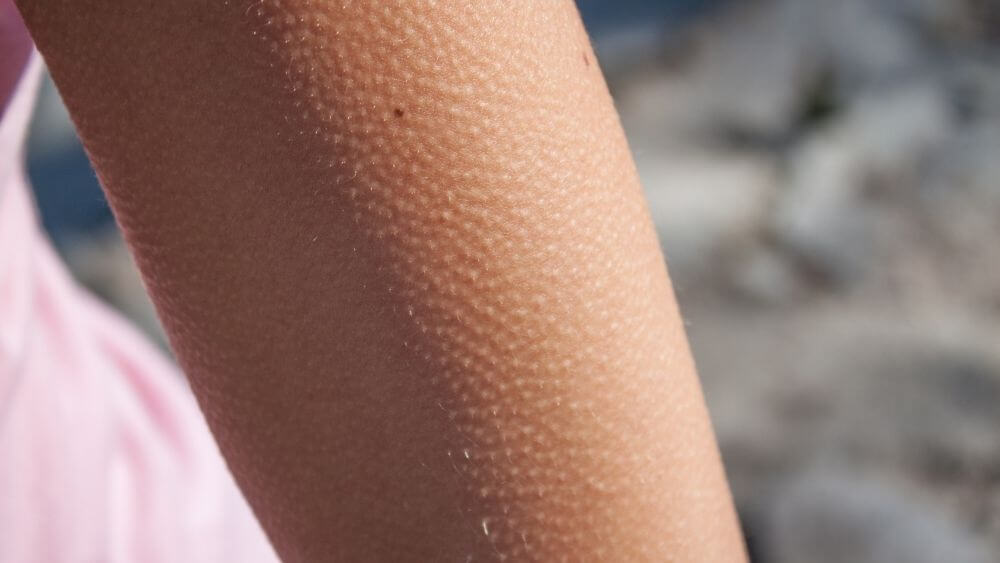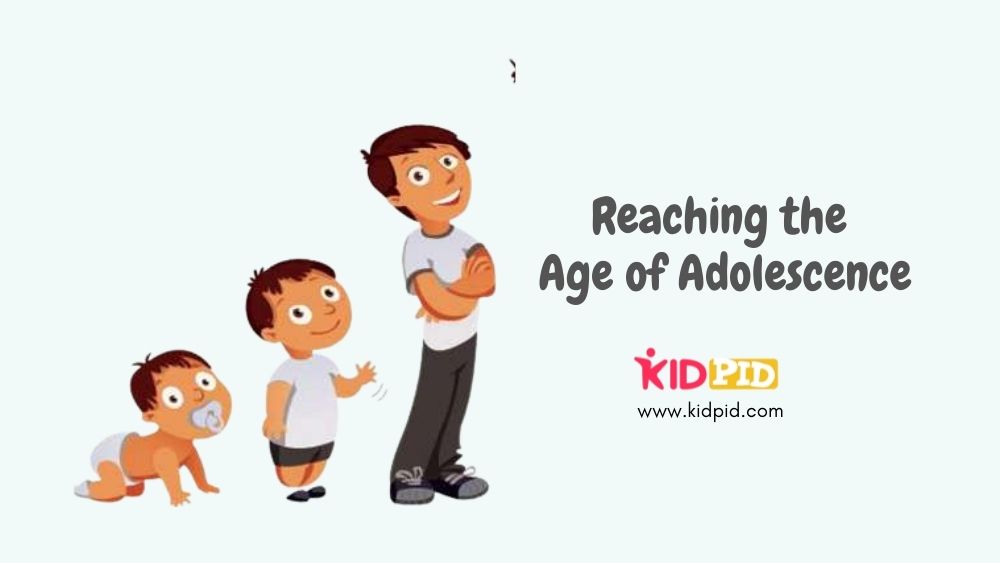Why do I get goose bumps?

Goose Bumps may be defined as a state of the body in which small bumps appear all over the skin and the hairs become erect due to external stimuli such as cold, fear or excitement.
A muscle called the “arrector pili” is responsible for the Goosebumps. These are small muscle attached to the hair follicles of the skin in mammals.
When our body experiences a sudden change such as cold, an involuntary response occurs and the arrector pili muscle contracts, generating goosebumps. This contraction makes the hairs on the surface of the skin stand on end.
This reaction is controlled by the sympathetic division of the autonomous nervous system. It can be described as a flight or fight response in many situations.
Contents
Hormones Responsible for Goosebumps
Epinephrine or adrenaline are the hormones responsible for genertaing Goosebumps. Epinephrine hormone is produced by the adrenal gland as well as the medulla oblongata.
It works by increasing blood flow to small muscles. This increase in blood flow to muscles is a component of the flight or fight response.
For the release of adrenaline in blood, first there must some type of trigger. This trigger will eventually stimulate brain or send a signal to the brain.
The signs received by the brain will be passed on to the adrenal gland to release this hormone and the adrenal gland, in response, will release the adrenaline hormone into the blood stream.
This hormone will cause increased blood flow to small muscles such as the arrector pili which in turn contracts. The contraction the arrector pilli pulls the hair upright and this is what gives the appearance of small bumps on our skin.
This phenomenon is called Goosebumps.
Meaning of Goose bump
The medical word for goose bump is “cutis anserina” where, cutis stands for skin and anser stands for goose or goose skin.
On a normal basis, one can experience Goosebumps while feeling cold, fearful, extremely touched, listening to music or watching some particular scenes of their favourite movie which trigger their happiness or emotional side, etc.
Fun Facts
- The hormone epinephrine has the ability to make hysterical strength possible. (Hysterical strength stands for the strength gained due to uncontrollable emotion such as lifting off a car from injured person to save their life).
- Adrenaline also has the ability to stop the sensation of pain for a small amount of time.
Related questions
Some related questions to this topic.
- Describe Adrenal glands.
- What is sympathetic and parasympathetic nervous system?
- Enlist different functions of the Adrenaline hormone.
Objective Quiz
-
- The muscle present beneath skin and responsible for goosebumps is _______.
- Arrector pili.
- Deltoid.
- Gluteus Maximus.
- Buccinator.
- Adrenaline increases blood supply to _________.
- Small muscles.
- Bone.
- Joints.
- All of the above.
- Goosebumps are also known as ________.
- Cutis Anserina.
- Arrector pili.
- Sutures.
- None of the above.
- Adrenaline is secreted by ________.
- Adrenal Gland.
- Kidney.
- Liver.
- Pancreas.
- The muscle present beneath skin and responsible for goosebumps is _______.
5. A sign of goosebumps is the _____ being pulled up.
-
- Skin
- Hair
- Nails
- None of the above
True Or False
- Goose bumps are not found in humans.
- Thyroid hormone is responsible for causing goosebumps.
- Goosebumps are very serious condition of human body.
- While feeling cold, one can experience goosebumps on their skin.
- The muscle responsible for goosebump is called deltoid.






Responses